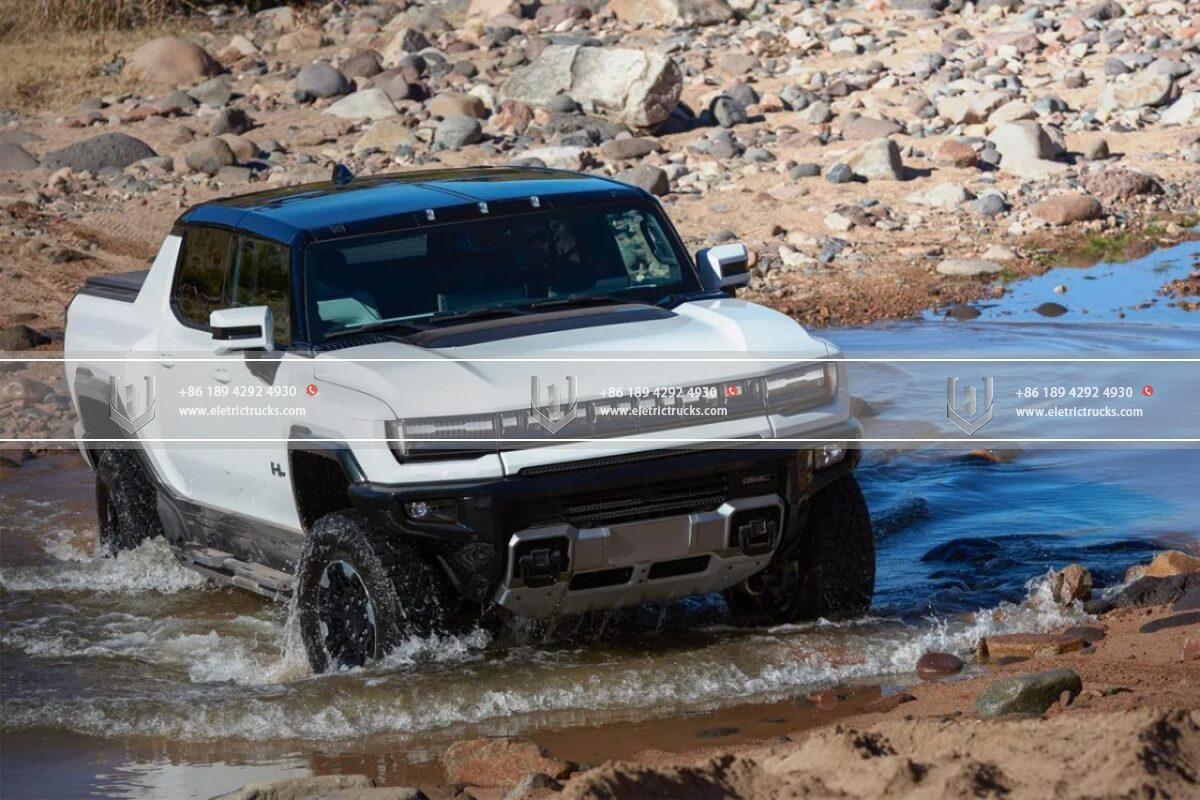Ulwazi lombane
A Brighter Future: Electric Trucks Driving Towards a Greener Planet
Kule minyaka yangoku, there has been a growing global concern regarding the impact of traditional fossil fuel-powered vehicles on the environment. As the world continues to grapple with the challenges posed by climate change, a significant shift towards sustainable transportation solutions has become imperative. In this quest for a greener planet, Ilori yombanes have emerged as a promising alternative, offering the potential for a brighter future.
Electric vehicles (EVs) have gained traction in the passenger car market, with major automakers investing heavily in electric cars and hybrids. Nangona kunjalo, i commercial trucking industry, known for its heavy reliance on diesel-powered vehicles, has been slower to adopt this new technology. Nevertheless, the tide is turning, kwaye Ilori yombanes are rapidly gaining momentum.
One of the primary drivers behind the shift toward Ilori yombanes is the urgent need to reduce greenhouse gas emissions. Heavy-duty trucks account for a significant portion of transportation-related emissions, contributing to air pollution and climate change. Ilori yombanes offer a cleaner alternative, producing I-zero yase-Irotipe and significantly reducing carbon footprints. By switching to Ilori yombanes, we can make substantial progress in achieving global climate goals and creating a greener planet for future generations.
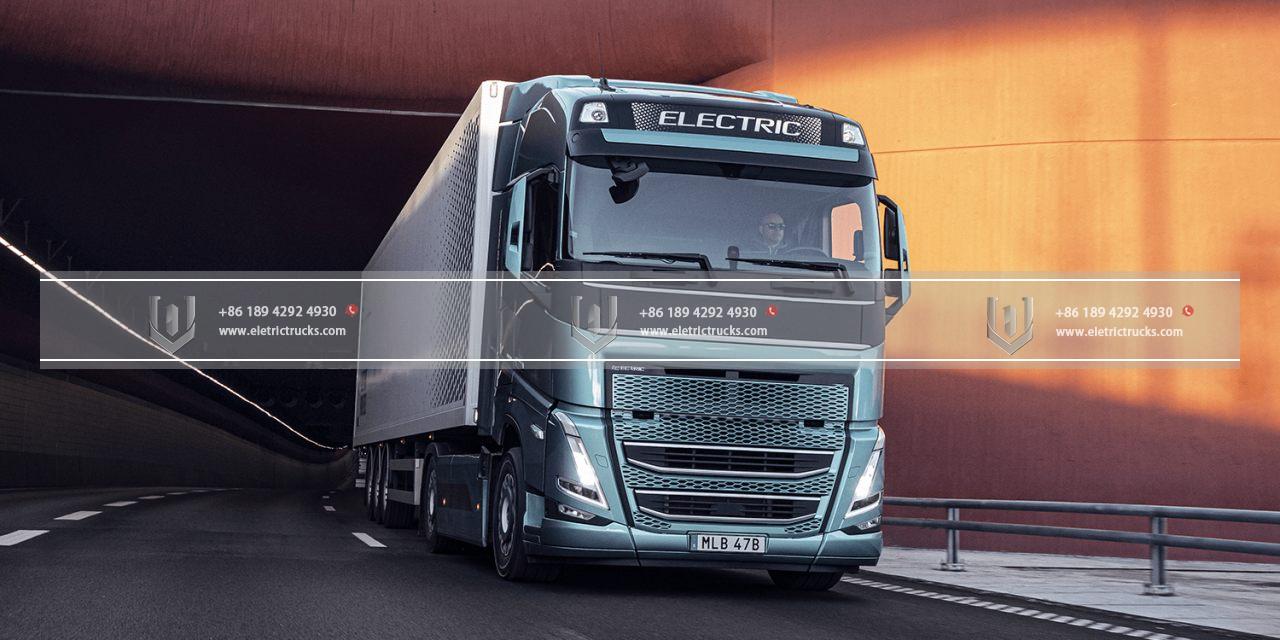
Ngaphezulu, the advancements in Itekhnoloji yebhetri have made Ilori yombanes more practical and efficient than ever before. Range anxiety, a common concern for isithuthi sombanes, is being alleviated by improved battery capabilities, enabling Ilori yombanes to travel longer distances on a single charge. Ukongeza, charging infrastructure is rapidly expanding, with the establishment of fast-charging networks along major transportation routes, making long-haul journeys more feasible for Ilori yombanes.
The environmental benefits of Ilori yombanes extend beyond reducing greenhouse gas emissions. They also contribute to a reduction in noise pollution, which has a significant impact on urban environments. Ilori yediliya yemvelis are notorious for their loud engine noise, particularly in densely populated areas. Ilori yombanes, kwelinye icala, operate silently, significantly reducing noise pollution kwaye creating quieter and more peaceful communities.
The transition to Ilori yombanes also brings economic advantages. Although isithuthi sombanes may have a higher upfront cost, they offer significant long-term savings. Ilori yombanes have fewer moving parts, resulting in lower maintenance and repair costs compared to their combustion engine counterparts. Ngaphezu koko, the cost of electricity is generally lower than that of diesel fuel, leading to reduced operational expenses for trucking companies. Ukongeza, governments around the world are implementing various incentives and subsidies to encourage the adoption of isithuthi sombanes, further driving down costs for truck owners.
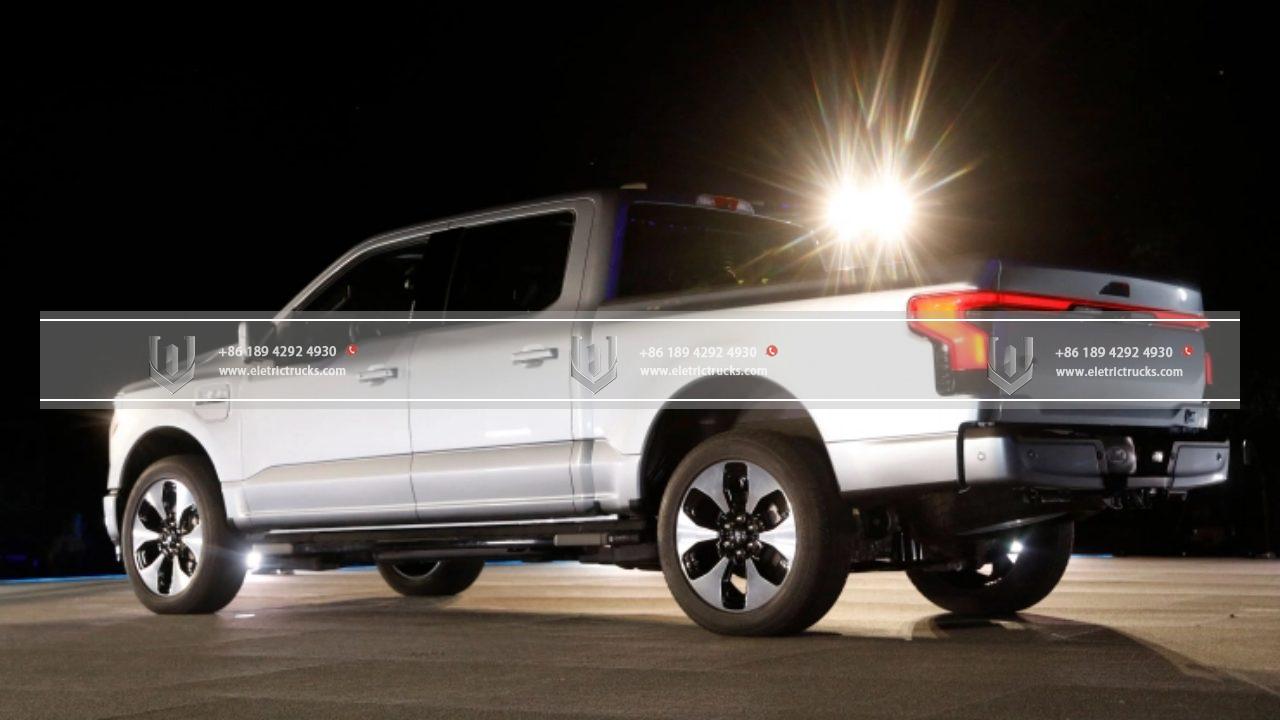
Another key consideration is the potential for job creation. Njengemfuno Ilori yombaneukhula, there will be a need for skilled workers to manufacture, gcina, and service these vehicles. This transition presents an opportunity to create new jobs and retrain workers from the traditional automotive industry, ensuring a smooth and just transition toward sustainable transportation.
The adoption of Ilori yombanes also aligns with corporate sustainability goals kwaye consumer preferences. Companies across various industries are increasingly prioritizing sustainability and reducing their carbon footprint. By incorporating Ilori yombanes into their fleets, businesses can demonstrate their commitment to environmental stewardship and meet the expectations of environmentally conscious consumers. This shift can help build brand reputation and attract a growing market of eco-conscious customers.
Nangona kunjalo, to fully realize the potential of Ilori yombanes, several challenges must be addressed. One significant hurdle is the need for further investment in charging infrastructure. The availability of charging stations, particularly for long-haul routes, remains a concern. Governments, private entities, and stakeholders must collaborate to expand the charging network, ensuring that Ilori yombanes have convenient access to reliable charging infrastructure wherever they operate.
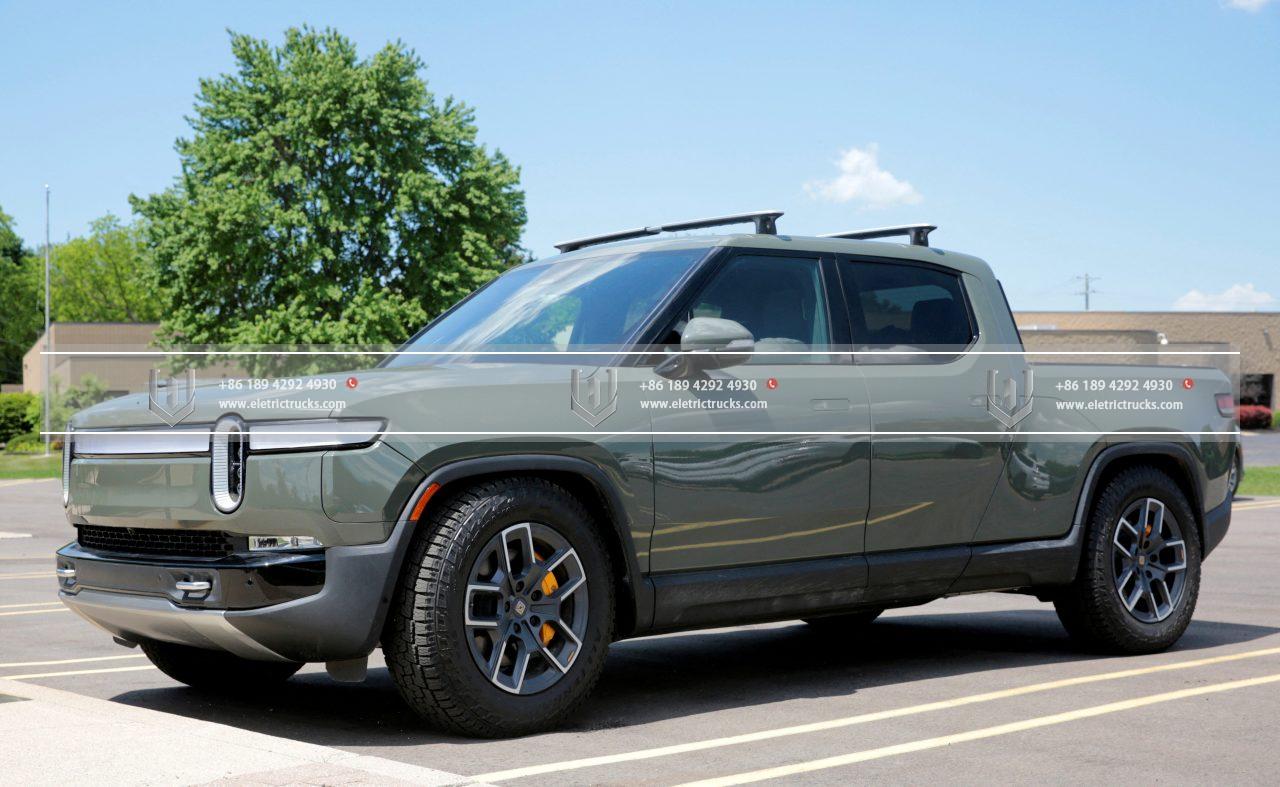
Ngaphezu koko, the limited availability of electric truck models and the higher upfront costs compared to Ilori yemvelis pose barriers to widespread adoption. Automakers must continue investing in research and development to bring more affordable and versatile electric truck options to the market. This will enhance competition, drive innovation, and make Ilori yombanes more accessible to a broader range of businesses.
By transitioning to Ilori yombanes, we can significantly improve air quality, particularly in urban areas where the concentration of ilori yedizilis is high. Cleaner air means healthier communities, with fewer cases of respiratory illnesses and improved overall quality of life. This is especially important for vulnerable populations, such as children, the elderly, and individuals with pre-existing health conditions.
Ngaphezulu, the development and adoption of Ilori yombanes can have a ripple effect on the entire transportation industry. Njengemfuno Ilori yombanes increases, there will be a need for a more extensive supply chain, including the production of batteries, electric drivetrains, kunye nezinye izinto. This will drive innovation and create opportunities for growth in related industries, njenge renewable energy and advanced manufacturing.
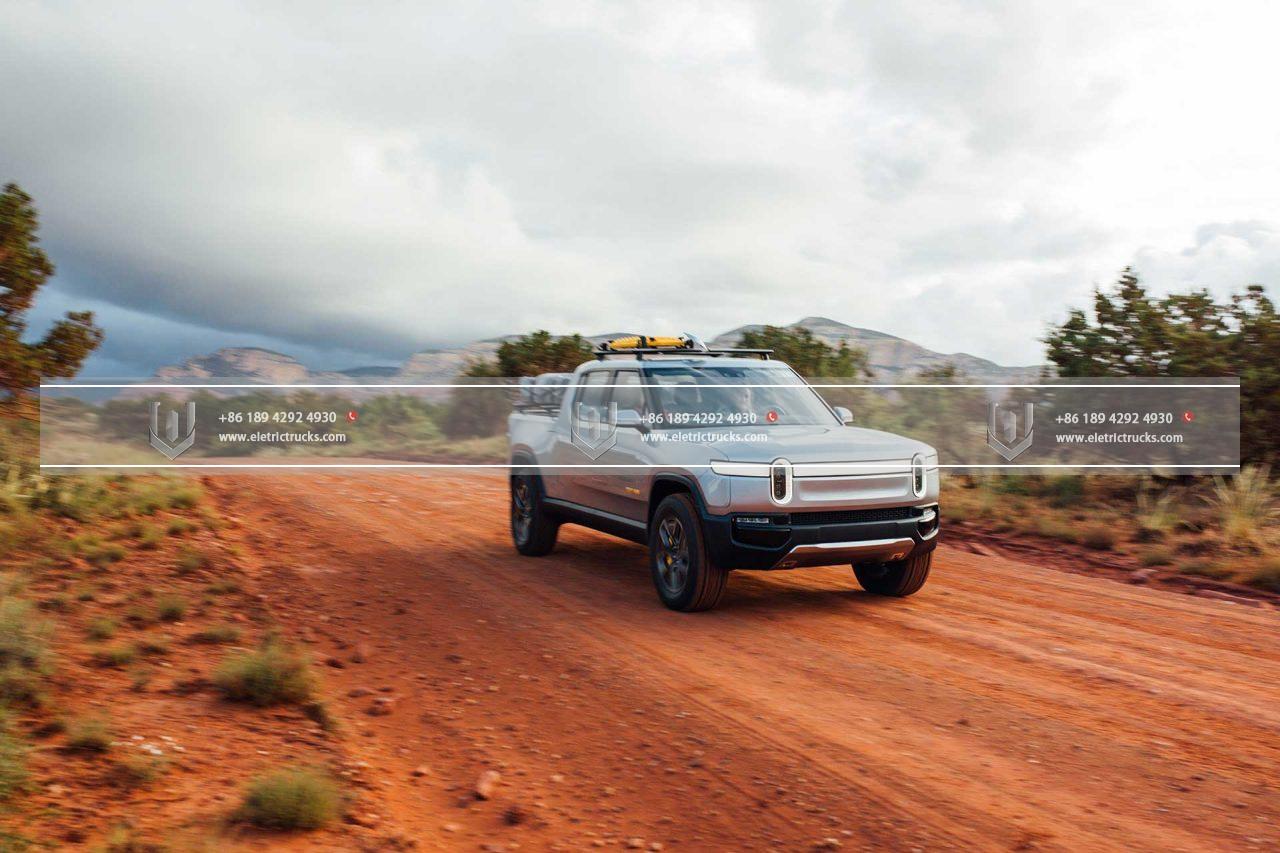
The positive impact of Ilori yombanes goes beyond national boundaries. The global nature of the transportation industry means that reducing emissions from trucks has a significant effect on global greenhouse gas reduction efforts. Ilori yombanes can contribute to a more sustainable and resilient planet, helping countries meet their commitments under international climate agreements such as the Paris Agreement.
To accelerate the adoption of Ilori yombanes, governments, and policymakers must play a crucial role. They can implement supportive policies and regulations that incentivize the purchase and use of Ilori yombanes. This includes financial incentives, Ikhefu lerhafu, and grants for businesses and individuals investing in electric truck fleets. Ukongeza, governments can set ambitious targets for the phase-out of ilori yedizilis and establish stricter emission standards, encouraging the transition to cleaner alternatives.
Collaboration between governments, the private sector, and research institutions is also essential. By working together, stakeholders can share knowledge, promote research and development, and address common challenges such as charging infrastructure, Itekhnoloji yebhetri, and vehicle range. Public-private partnerships can foster innovation and provide a platform for testing and scaling electric truck technologies.
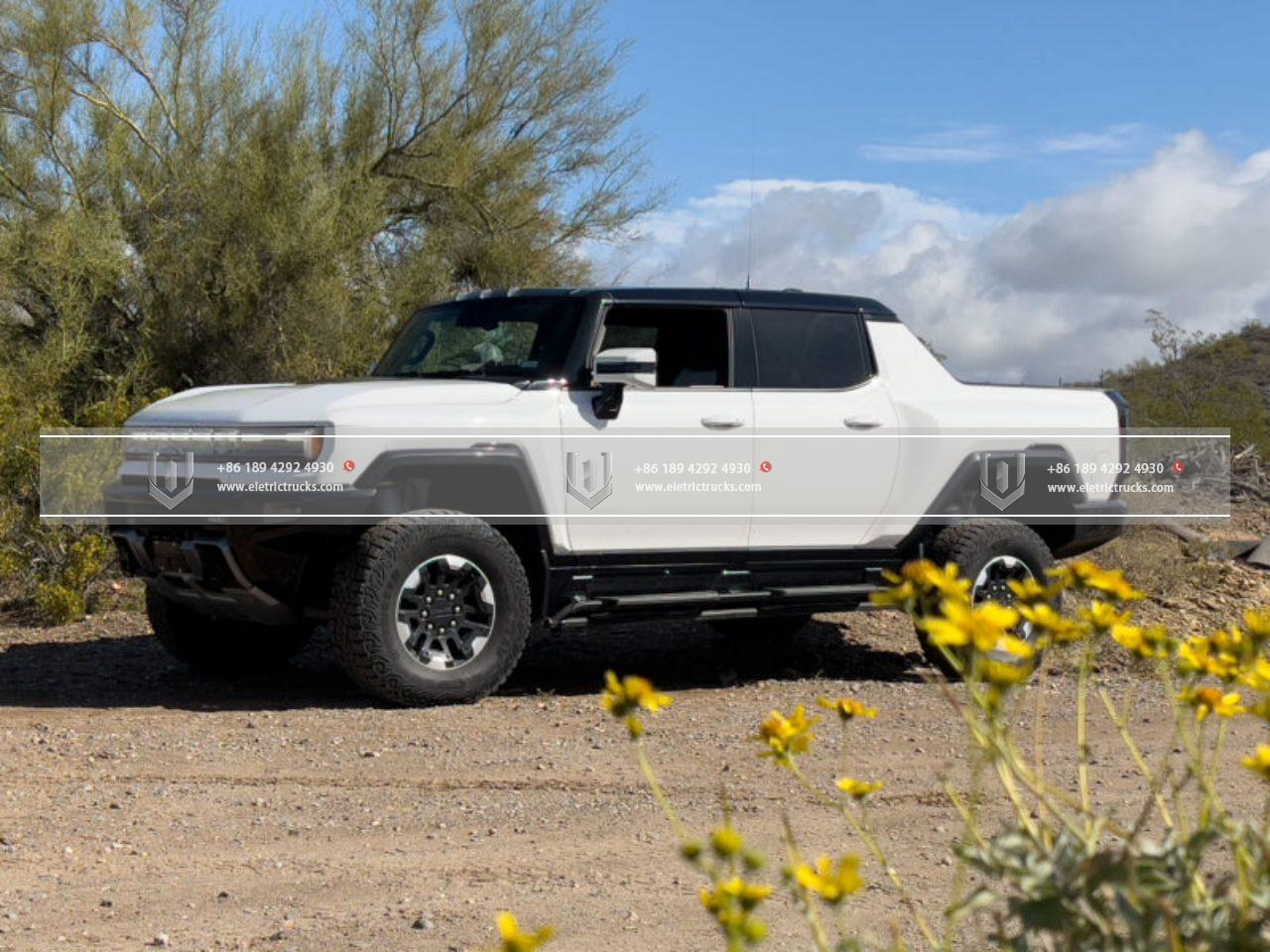
Ukuququmbela, Ilori yombanes offer a viable and sustainable solution to reduce emissions, combat climate change, and improve the overall well-being of communities. With their zero tailpipe emissions, reduced noise pollution, and potential cost savings, Ilori yombanes are driving us toward a brighter and greener future. Although challenges exist, such as charging infrastructure and upfront costs, concerted efforts from all stakeholders can overcome these barriers and accelerate the adoption of Ilori yombanes.
The transition to Ilori yombanes requires a collective commitment from governments, businesses, and consumers to invest in sustainable transportation solutions. By embracing Ilori yombanes, we can create a positive ripple effect, promoting job creation, technological innovation, and a more sustainable global transportation industry. As we move towards a brighter future, let us seize the opportunities presented by Ilori yombanes and drive towards a greener planet for generations to come.
